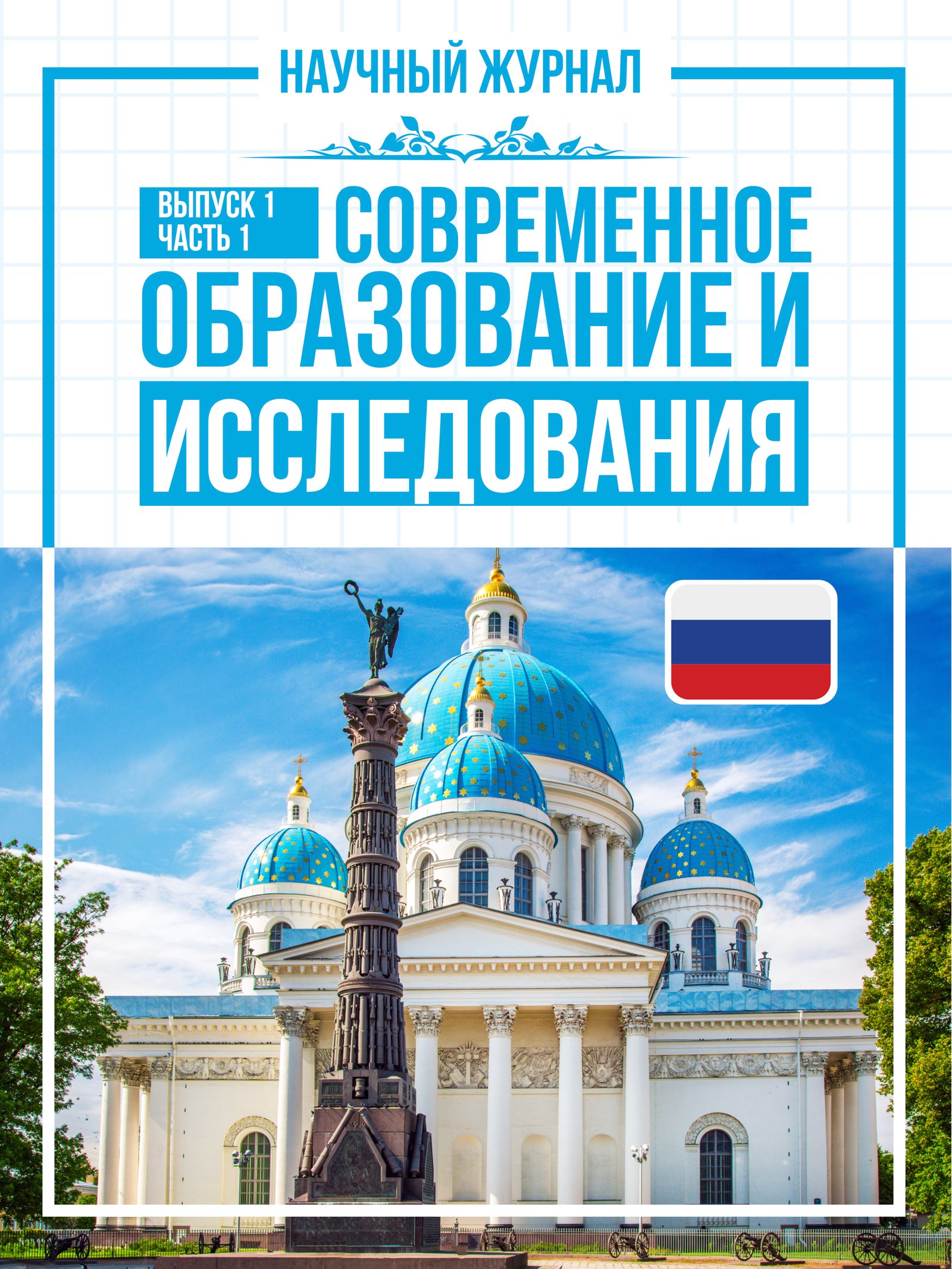FOSTERING CREATIVITY IN PRIMARY SCHOOL LEARNERS THROUGH ART-INTEGRATED EDUCATION
Keywords:
Creativity, art-integrated education, primary school, student engagement, imagination, cross-curricular learning, visual arts.Abstract
This article explores the role of art-integrated education in fostering creativity among primary school students. In today’s rapidly changing world, creativity is considered a core 21st-century skill alongside critical thinking and communication. The paper analyzes how visual arts, music, drama, and movement can be used across subjects to enhance student engagement, imagination, and emotional expression. It also presents evidence-based strategies for integrating the arts into everyday classroom practice and highlights the importance of a supportive learning environment that values individual ideas and creativity.
References
1. Robinson, K. (2011). Out of Our Minds: Learning to be Creative. Capstone Publishing.
2. Eisner, E. W. (2002). The Arts and the Creation of Mind. Yale University Press.
3. Winner, E., Goldstein, T. R., & Vincent-Lancrin, S. (2013). Art for Art's Sake? The Impact of Arts Education. OECD Publishing.
4. Greene, M. (1995). Releasing the Imagination: Essays on Education, the Arts, and Social Change. Jossey-Bass.
5. Ewing, R. (2010). The Arts and Australian Education: Realising Potential. Australian Council for Educational Research.
6. Jalongo, M. R. (2014). Creative Thinking and Arts-Based Learning: Preschool Through Fourth Grade. Pearson Education.
7. Ministry of Preschool and School Education of Uzbekistan (2022). National Guidelines on Inclusive and Creative Education.
8. Golombek, P. R., & Johnson, K. E. (2004). "Narrative inquiry as a mediation for teacher professional development." TESOL Quarterly, 38(3), 467–483.

